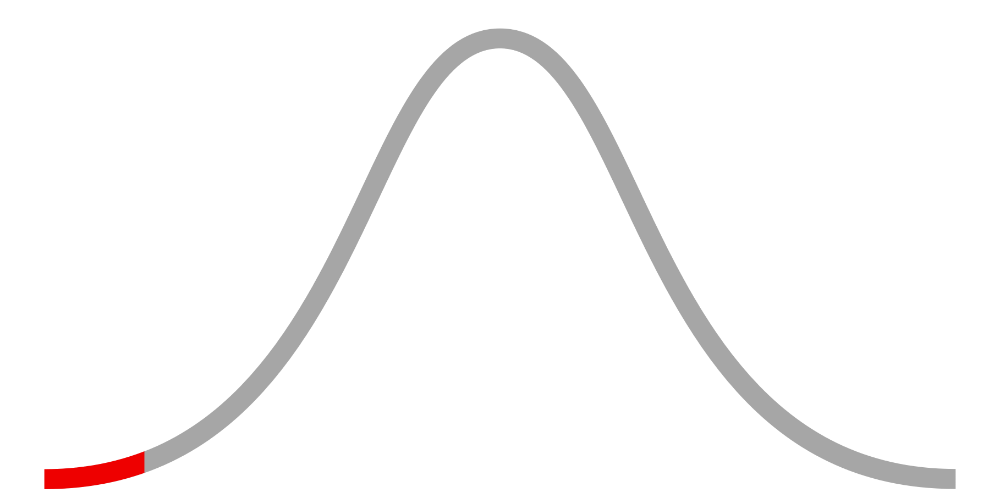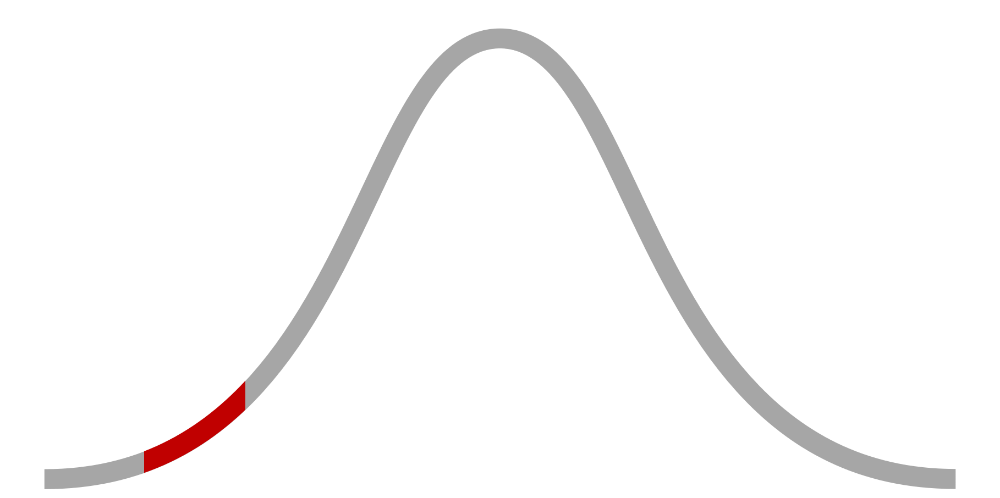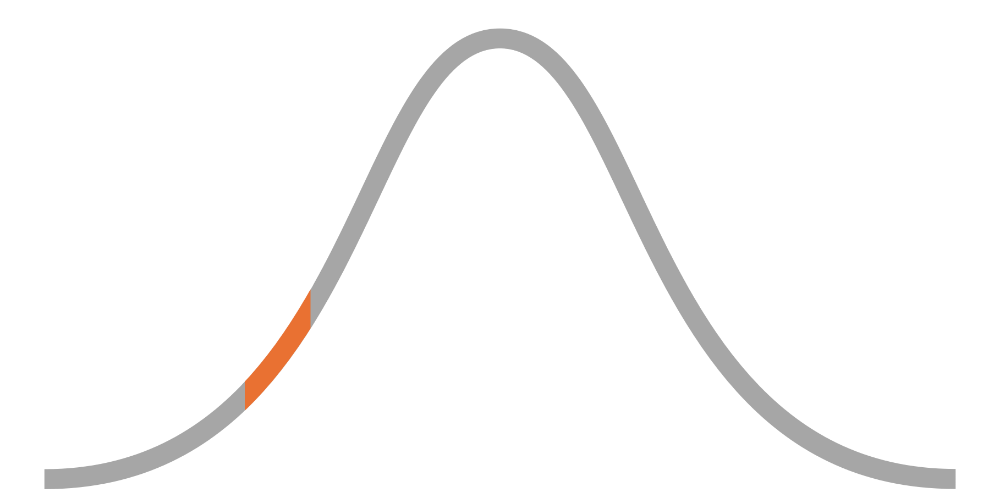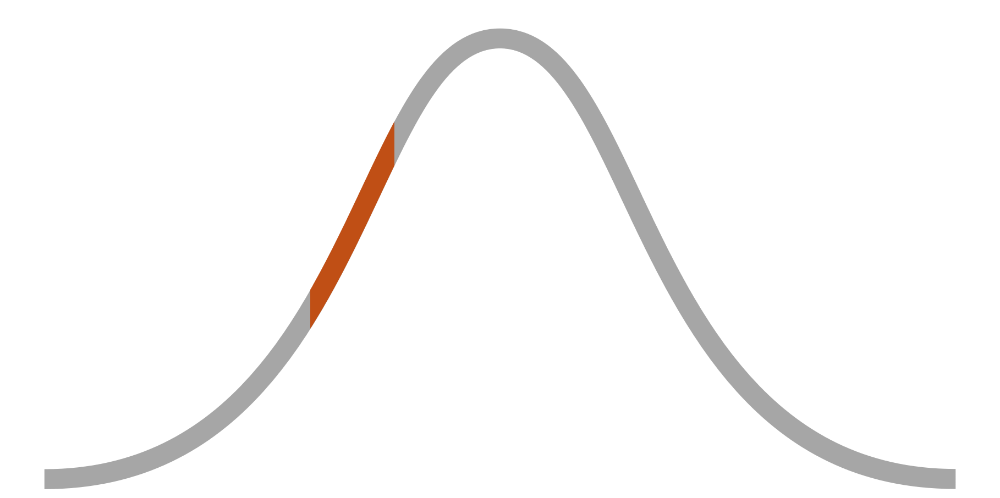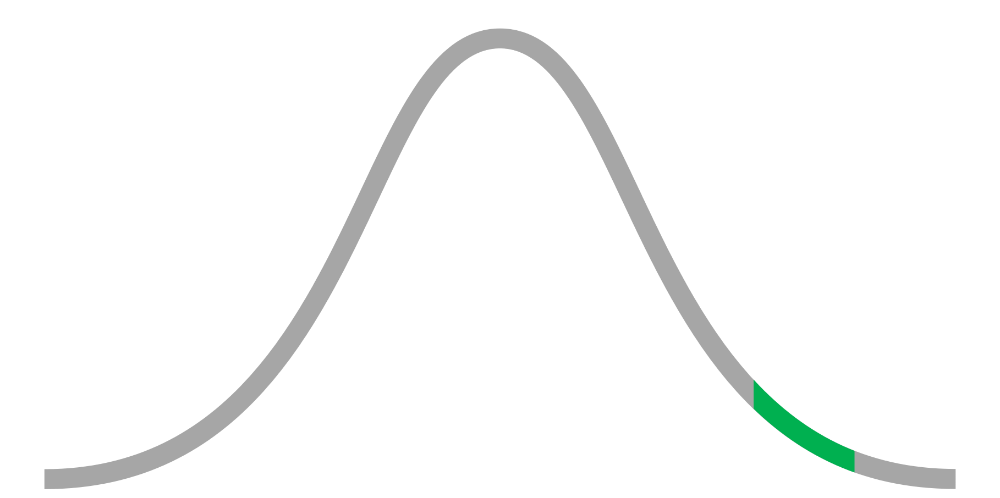 Summary & key points
Summary & key points
In the hit movie The Batman (2022), a young Bruce Wayne played by Robert Pattinson delivers an opening monologue via a journal entry on a rainy night after the Mayor of Gotham City has been murdered. Batman describes the weather, presence of people, his years-long night-time habits, and nature of crime in the city. He notes that "fear is a tool" for would-be criminals because the city is too large and he can't be everywhere. The clip shows crime scenes in progress and ends with Batman stating that because of fear, "They think I'm hiding in the shadows – but I am the shadows." Batman seldomly uses language related to sensory perception, and instead focuses on describing people and crime, which demonstrates a below-average example of the Sensation attribute.
Select media ©
Warner Bros. Pictures. Learn more



